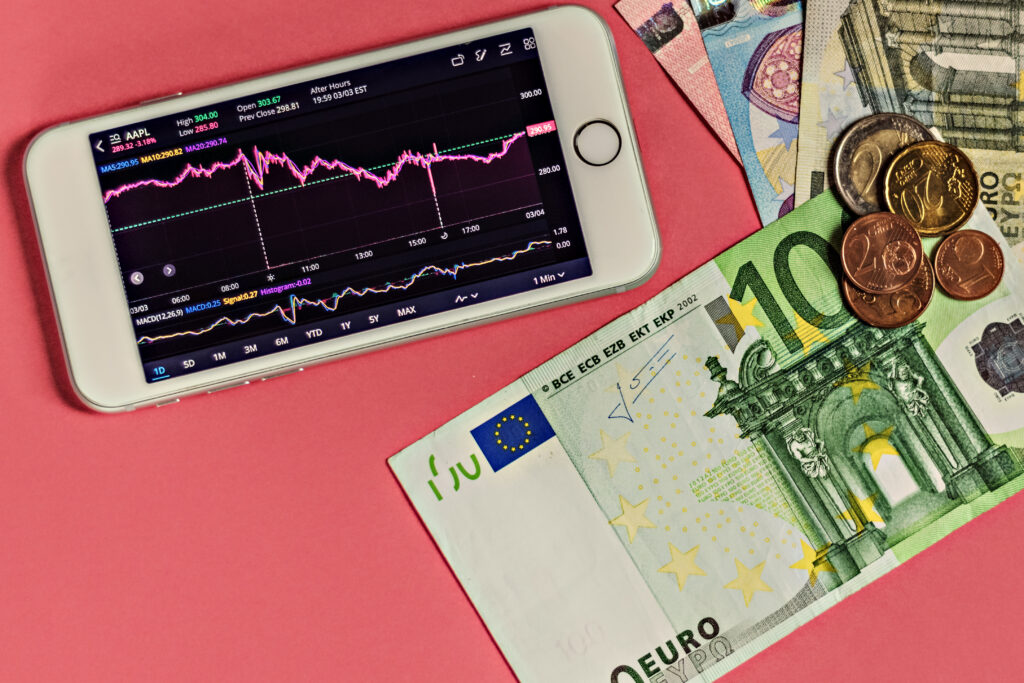Introduction
The foreign exchange market is the largest financial arena in the world, and it is also one of the most unpredictable. Every day, trillions of dollars move across borders, with currency values shifting due to economic data, political events, and investor sentiment. One factor, however, has become increasingly significant in shaping these movements: the rise of global debt crises. Understanding the behaviour of forex markets amid global debt crises is now critical for every trader.
Around the world, nations are struggling with unprecedented debt levels. Economic downturns, pandemic-related stimulus spending, geopolitical tensions, and long-term budget imbalances have all added fuel to this growing challenge. What was once considered manageable borrowing is now a source of instability, directly influencing how capital flows and how traders assess risk.
The effects of rising debt burdens on forex markets are far-reaching. Investor confidence weakens when governments struggle to meet obligations, often leading to currency depreciation. At the same time, central banks may raise interest rates to finance debt, temporarily attracting capital but creating new volatility. As uncertainty rises, traders move funds into safe-haven currencies such as the U.S. dollar, Japanese yen, or Swiss franc, reshaping forex flows across the globe.
For today’s participants, ignoring these forces is no longer an option. The relationship between forex markets amid global debt crises and trader behaviour affects volatility, liquidity, and long-term market direction. Poor awareness can lead to missed opportunities, while informed strategies can turn uncertainty into advantage.
In this article, we will explore how global debt crises reshape forex trading and provide expert insights and strategies to help traders adapt with confidence.
Understanding the Global Debt Crisis
The term global debt crisis refers to the rapid and unsustainable growth of government debt across multiple economies at the same time. Debt has always been a natural part of financial systems, but the current levels are historically high, creating vulnerabilities that affect not only domestic economies but also the interconnected global forex market.
Several forces have contributed to this surge in borrowing. Prolonged economic downturns have reduced revenues, forcing governments to borrow more. Pandemic-era stimulus programs injected trillions into economies but left behind massive obligations. In addition, unfunded entitlement schemes, rising energy costs, and ongoing geopolitical tensions have placed further strain on public finances.
For forex traders, these debt dynamics cannot be ignored. Rising government debt influences investor sentiment, capital flows, and ultimately, currency values. The effects often play out in the following ways:
- Currency depreciation: When debt levels spiral out of control, investors begin losing confidence in the currency’s long-term stability. This leads to selloffs, with traders moving capital into stronger and more stable currencies.
- Interest rate pressures: To finance ballooning debt, governments may raise interest rates. While higher rates can temporarily attract foreign capital, the long-term sustainability of such measures often comes into question.
- Risk perception: Forex markets are highly sensitive to perceived risk. Mounting debt often signals economic instability, prompting traders to adopt a risk-off stance and move into safe-haven currencies such as the U.S. dollar (USD), Japanese yen (JPY), or Swiss franc (CHF).
In short, the global debt crisis is not just a political or fiscal issue—it is a fundamental driver of forex market dynamics. Traders who understand these connections are better equipped to anticipate volatility and position themselves strategically.Ultimately, the global debt crisis is more than just an economic headline—it is a core driver of forex market sentiment and strategy in 2025.
Expert Insights and Strategies
Navigating forex markets during a global debt crisis requires discipline, adaptability, and a strong grasp of both fundamentals and market psychology. Since debt crises directly affect investor confidence and capital flows, traders must adjust their approach to remain profitable in such uncertain conditions. Expert strategies focus on blending analysis, diversification, and strict risk control.
Key strategies to consider:
- Fundamental analysis: Monitoring fiscal policies, debt-to-GDP ratios, inflation, and central bank actions is vital. Understanding the overall economic health of a country helps you anticipate currency moves with greater accuracy. For instance, rising debt coupled with weak GDP growth often signals future depreciation.
- Safe-haven currencies: During crises, currencies like the U.S. dollar, Swiss franc, and Japanese yen typically strengthen as traders seek stability. Allocating part of your portfolio to these assets can serve as a hedge against risk-driven sell-offs.
- Diversification: Avoid overconcentration in currencies from highly indebted nations. Instead, spread your portfolio across regions and asset classes. This balance reduces exposure to shocks in any single market.
- Technical analysis: Use charts to identify support and resistance levels, trend patterns, and momentum shifts. Combining technical signals with fundamental insights allows for better entry and exit timing.
- Risk management: Heightened volatility makes stop-loss orders, position sizing, and capital preservation more important than ever. Successful traders treat risk management as a non-negotiable part of their strategy.
- Stay informed: Debt crises can evolve rapidly. A sudden downgrade, political standoff, or unexpected central bank decision may shift market direction overnight. Staying updated through reliable financial news sources is crucial.
In short, forex traders who combine strong analysis with flexibility and disciplined execution can turn the uncertainty of global debt crises into opportunities rather than threats.
Conclusion
Navigating forex markets during global debt crises is not about avoiding risk altogether—it is about managing it with intelligence and discipline. Debt burdens will continue to shape global economics in 2025 and beyond, influencing everything from central bank policies to investor sentiment. For traders, this means developing strategies that are both flexible and resilient.
Key takeaways for traders include:
- Blend analysis methods: Combine fundamental research on debt ratios, fiscal policies, and economic stability with technical tools to refine entries and exits.
- Prioritise risk management: Use stop-loss orders, manage position sizes, and avoid overexposure to currencies of debt-heavy nations.
- Consider safe-haven assets: Allocating part of your portfolio to currencies like the USD, JPY, or CHF can provide stability when volatility spikes.
- Diversify wisely: Spread investments across multiple regions and asset classes to reduce vulnerability to shocks in one market.
- Stay informed: Global debt crises can escalate quickly; keeping up with news and central bank actions ensures you adapt in time.
The most successful traders recognise that global debt challenges are not temporary disruptions but ongoing themes that will continue to influence forex markets. Those who treat risk management as a core discipline, while staying adaptive and informed, are best placed to turn volatility into opportunity.
In conclusion, forex trading in times of debt crises requires more than technical skill—it requires emotional control, analytical depth, and strategic foresight. By applying expert insights and maintaining a diversified, risk-aware approach, traders can not only survive but thrive in uncertain market conditions shaped by rising global debt.
Read our latest on Forex Market Trends
FAQs
What is a global debt crisis?
A global debt crisis occurs when several countries face severe financial stress due to excessive borrowing. Rising debt becomes unsustainable, threatening economic stability and investor confidence.
What causes global debt crises?
Debt crises often stem from poor economic management, heavy public or private borrowing, global recessions, external shocks like oil price spikes, or disruptions in financial markets.
What are the consequences of a global debt crisis?
Consequences include economic recession, market volatility, currency devaluation, austerity measures, reduced investor trust, and rising poverty or inequality within affected countries.
How can countries address a debt crisis?
Solutions include debt restructuring, creditor negotiations, IMF or World Bank assistance, fiscal reforms, stricter regulation, and pro-growth policies to stabilise economies.
What is sovereign debt?
Sovereign debt is borrowing by a national government through bonds or loans. It funds public spending but, if excessive, increases default risk.
How does a country default on its debt?
Default happens when a country cannot meet repayment obligations or scheduled interest. It often triggers rating downgrades, investor flight, and financial instability.
What role does international cooperation play in resolving global debt crises?
International cooperation is vital. Support from organisations like the IMF, creditor nations, and trade partners helps restructure debt and restore stability.
Can global debt crises be prevented?
Prevention is difficult, but responsible borrowing, transparent fiscal policies, and strong financial regulation reduce the risk and severity of crises.
What are some examples of past global debt crises?
Notable cases include Latin America in the 1980s, Asia in the late 1990s, and Europe’s sovereign debt crisis in the 2010s.
How does a global debt crisis impact the global economy?
A debt crisis weakens growth, destabilises currencies, and creates contagion risk—where financial problems spread across countries and markets worldwide.
Click here to read more articles on forexsignals.best



